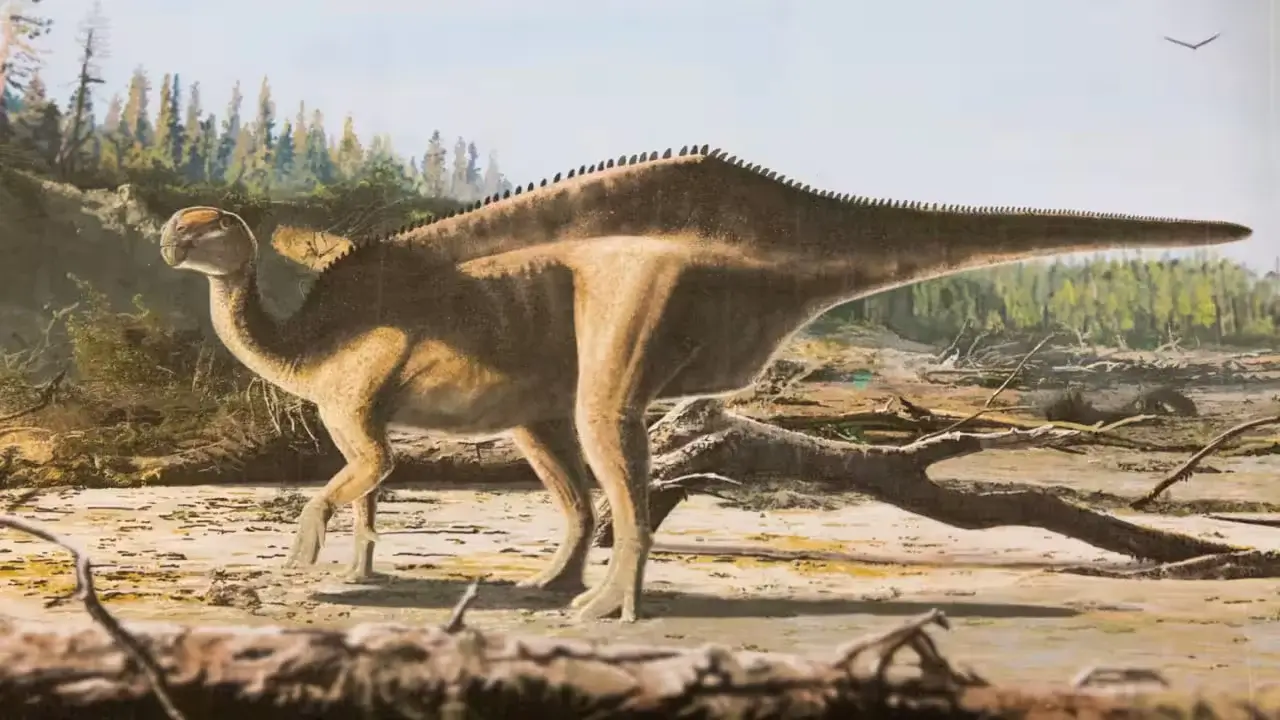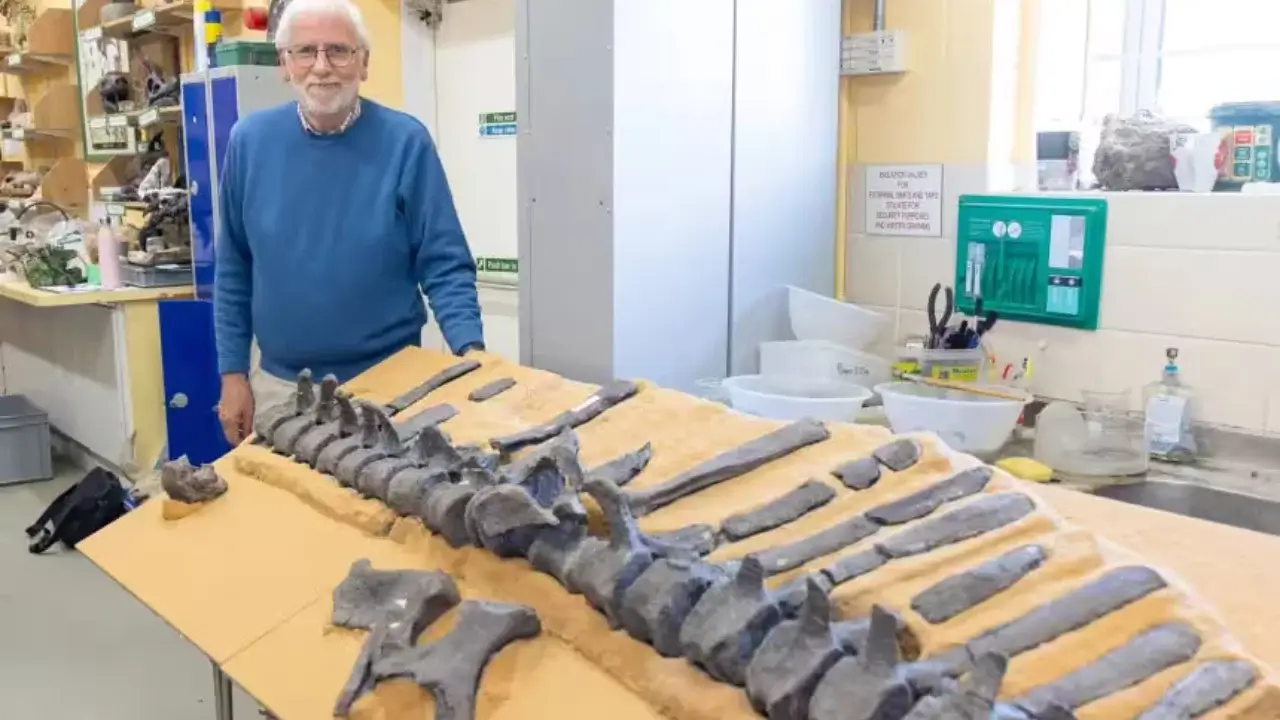
In the area of the Isle of Wight in Great Britain, a sensational discovery was made. The remains found turned out to belong to a new species of dinosaur that had a sail-like organ on its back. This was reported by CNN.
The Natural History Museum in London officially announced this finding on August 22. The dinosaur, named Istiorychus masarthurae, is estimated to have lived about 120 million years ago, during the Early Cretaceous period. It coexisted with the well-known iguanodons of that time. It is known that iguanodons were herbivorous animals that lived from the Late Jurassic to the Early Cretaceous.
According to scientists, the function of the unusual organ on this dinosaur’s back is still not fully understood. Some hypotheses suggest it played an important role in sexual selection and mating. In other words, similar to the peacock’s tail, it may have served to attract members of the opposite sex.
Interestingly, these bones were first discovered 40 years ago. At that time, they were believed to belong to one of the two known iguanodontian species that lived on the Isle of Wight. However, scientist Jeremy Lockwood, while working on his doctoral research, reexamined the bones and noticed that their vertebrae were much longer and had an unusual shape.

According to Lockwood, it was precisely this distinctive vertebral structure and the sail-like organ that allowed the dinosaur to be identified as a new species. His conclusions were published in the journal Papers in Palaeontology. According to the scientist, the dinosaur’s height was approximately 2 meters, and its weight was close to 1 ton.
Scientific analysis suggests that Istiorychus masarthurae lived at a time when the vertebrae of animals were becoming increasingly elongated. This indicated a need for stronger muscles to support and move the heavy body. Lockwood rejects the hypothesis that this organ served to regulate body temperature. According to him, the high number of blood vessels in such a “plate” would make the animal vulnerable, as an injury could cause significant blood loss.
“I believe this organ served more for mating and sex differentiation. Most likely, it was intended to attract members of the opposite sex,” the scientist explained.
Undoubtedly, the discovery of yet another iguanodontian species on the Isle of Wight indicates that this area was extremely rich and diverse in fauna during the Early Cretaceous period. Lockwood also added that he expects many more valuable discoveries in the future.
Read “Zamin” on Telegram!Users of Меҳмон are not allowed to comment this publication.













